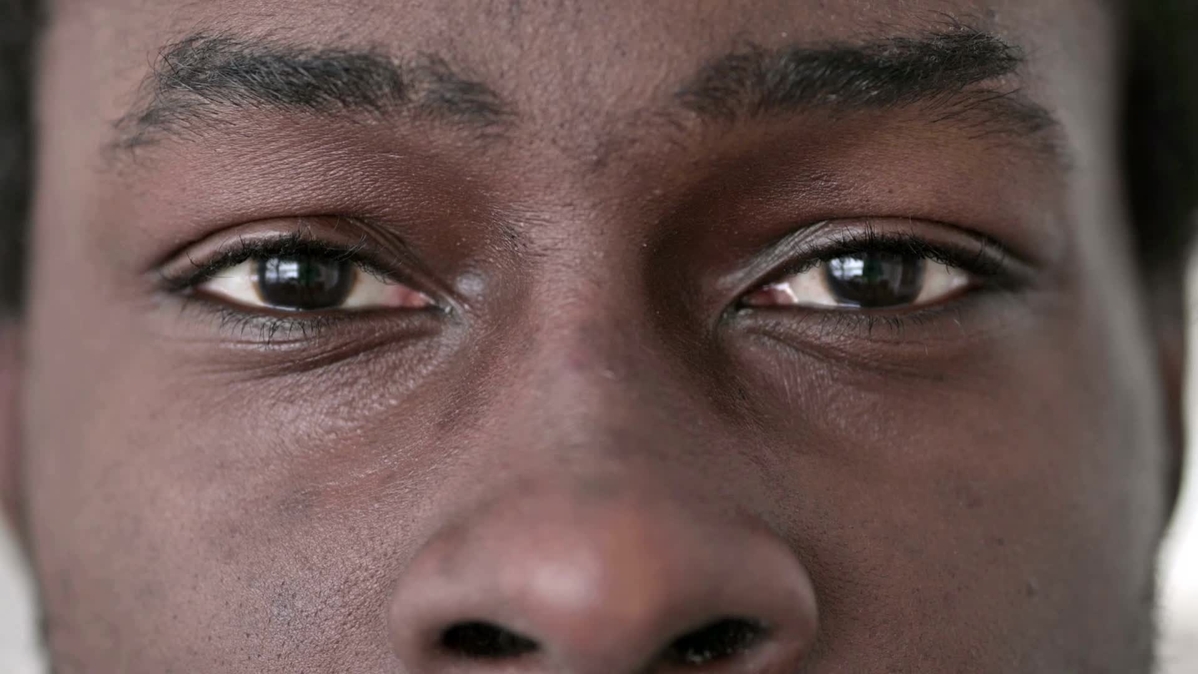Uncorrected poor vision is the world’s most widespread disability.1 Globally, 2.2 billion people have a near or distance vision impairment. In at least 1 billion of these cases, vision impairment could have been prevented. In low- and middle-income countries, the situation is compounded by the lack of access to basic eye care services and the scarcity of eye specialists. In sub-Saharan Africa (SSA) for instance, there are only 2.7 ophthalmologists per million inhabitants.2 Together, South East Asia and SSA experience the highest rates of vision loss.3
Through the Avoidable Blindness Program (ABP) launched in 2021, Novartis is working with partners across SSA and South East Asia to deliver on our commitment to expand access to eye care. The ABP focuses on moderate to severe vision impairment caused by retinal conditions and glaucoma that are responsible for a large proportion of avoidable blindness in underserved communities. By expanding access to eye healthcare and quality treatments, and strengthening local and regional eye health ecosystems, we aim to create long-lasting impact. Notable progress has been achieved in just a few months.
Listen to ABP partners talk about the actions they are taking together with Novartis to expand access to eye care and contribute to the Sustainable Development Goals (SDGs).
 VIDEO
VIDEO
Addressing inequities in access to eye care
The International Agency for the Prevention of Blindness (IAPB) has entered into a partnership with the East, Central & Southern Africa College of Nursing to integrate primary eye care training into nursing curricula. The training will be delivered to nurses and midwives in several SSA countries over the next three years. Further, eye health systems assessments were completed in Ethiopia and Kenya, the results of which have informed the development of National Strategic Eye Health Plans designed to improve eye care delivery in these countries.
Improving access to eye health services in Kenya
In July 2022, as part of the ABP, Novartis and The Fred Hollows Foundation launched the Integrated Eye Health Program for blindness prevention in Kenya. Aiming to improve access to eye health services for the most vulnerable and marginalized communities, the program focuses on glaucoma, diabetic retinopathy, and cataract. For 2022, the partnership’s ambitious goal is to have over 400 000 community members educated in eye health and approximately 40 000 patients screened.
Enhancing e-referrals to specialist centers in Botswana and Namibia
Vula Mobile is a medical referral app and online platform, which connects frontline healthcare workers with specialists to enable faster assessment of eye conditions and optimize patient referrals in the rural outskirts of SSA. In Namibia, ophthalmology departments and eye clinics were onboarded to the platform, and patients are now being sent for referral through Vula. The platform was also approved in Botswana and discussions are ongoing with the Rwanda International Institute of Ophthalmology to investigate launching the platform in the country.
Integrating eye care into primary health centers in Ethiopia
To build the foundation for the integration of eye care into the primary healthcare system in rural Ethiopia, SightLife is working with the Federal Ministry of Health (FMoH) and Jimma University Department of Ophthalmology to upskill primary eye care providers on cornea, glaucoma and diabetic retinopathy — thereby strengthening the eye care referral pathway and supporting the development of the FMOH’s National Strategic Plan with technical expertise. These interventions will support a continuum of care that will facilitate a patient’s access to first aid eye care, early diagnosis, referral to advanced eye care providers, and back to the community level, helping eliminate avoidable blindness in communities.
Working to expand eye service in India
Aravind Eye Care System (AECS), a network of hospitals in India, is one of the largest providers of eye care in the world. The focus is on community health education activities, capability-building and training for healthcare professionals, as well as access to affordable eye care services. Since December 2021, more than 1 600 health education meetings have been conducted on the need for screening and diagnosis, reaching more than 90 000 individuals through educational activities.
Universal health coverage is not universal without affordable, high quality, equitable eye care.
Initiatives like the Avoidable Blindness Program are an important step to address equitable access to eye health, expand reach to marginalized patients in underserved countries and strive for a timely response to patient needs. As the Lancet Global Health Commission on Global Eye Health put it: “Universal health coverage is not universal without affordable, high quality, equitable eye care.” To keep 2030 in sight, we need even more cross-sector partnerships that place communities at the center, integrate eye care into primary healthcare, and enhance the capabilities of healthcare providers in a sustainable way.